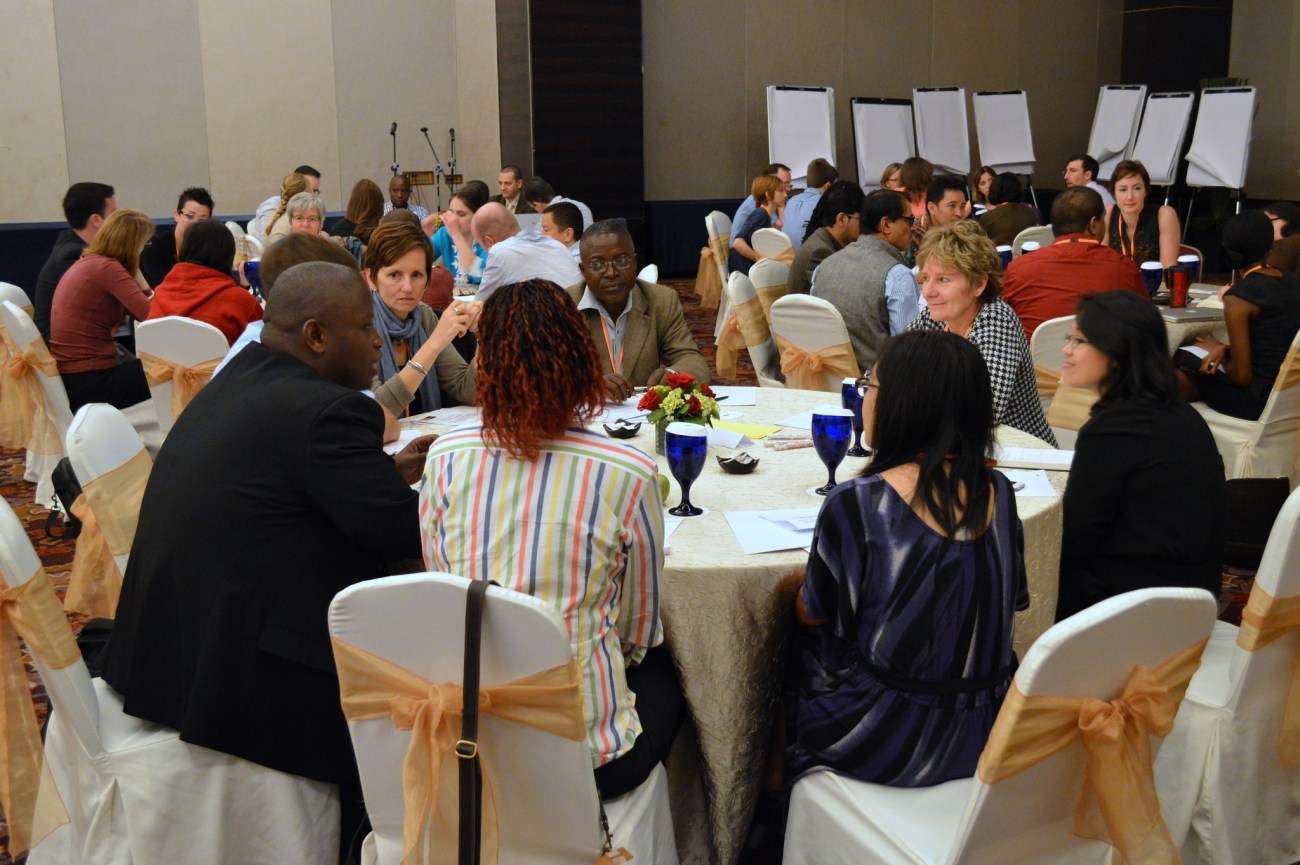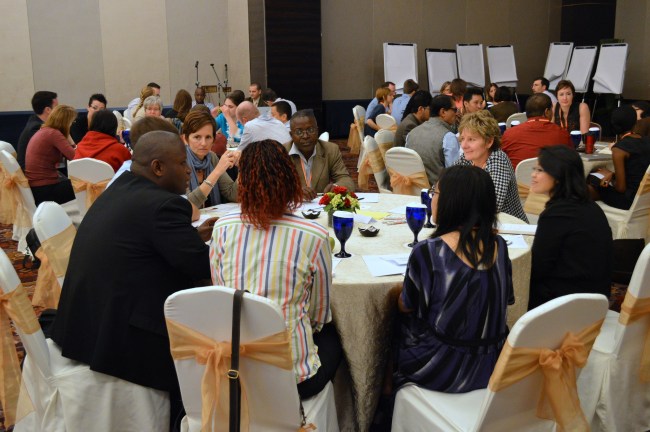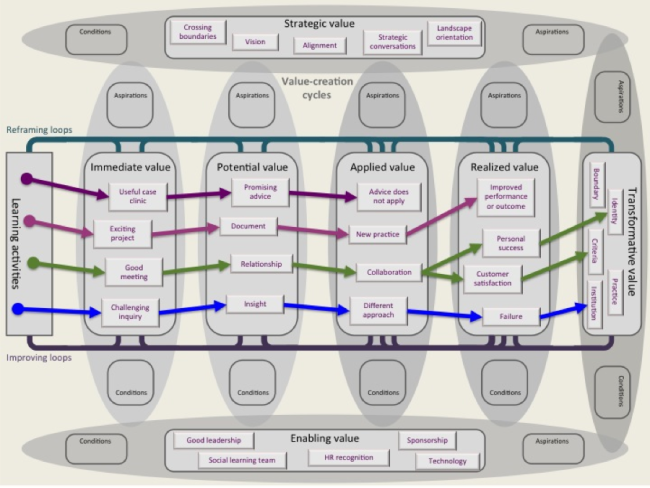NEWS
March 21, 2014

IN BRIEF
By: Anne Sophie Ranjbar Last week in Jakarta, the Transparency and Accountability Initiative brought together donors, researchers, INGOs, and CSOs from all over the world to discuss the key questions and challenges in our shared field of transparency and accountability (T/A). As a small organization striving to break tradition in this complex field, we attended the TALEARN conference to learn from others’ experience, share our ideas, and find useful ways to collaborate. Here are my top five take-aways: 1. Think politically. Technical solutions to create transparency are not enough. In order to close feedback loops, we need to figure out what motivates [...]
SHARE
Last week in Jakarta, the Transparency and Accountability Initiative brought together donors, researchers, INGOs, and CSOs from all over the world to discuss the key questions and challenges in our shared field of transparency and accountability (T/A). As a small organization striving to break tradition in this complex field, we attended the TALEARN conference to learn from others’ experience, share our ideas, and find useful ways to collaborate.
Here are my top five take-aways:
1. Think politically. Technical solutions to create transparency are not enough. In order to close feedback loops, we need to figure out what motivates power-holders to act and help local organizations navigate that political space. The Asia Foundation shared an example from Cimahi, Indonesia, where lower-level bureaucrats did not share the mayor’s commitment to improve business-licensing services. In response, a local partner organization mapped out each stakeholder’s position and interests, and then used informal and formal channels to build relationships with the important agents of change. Such processes require a more hands-on, flexible approach, but produce much more sustainable results.
2. Always start with a problem. There is a danger in the T/A field of designing programs to match donors’ calls for proposals- but it is not worth compromising what you believe. Twaweza and Well Told Story shared their experiences of pushing back to donors’ demands, and finding that often they gained more respect for doing so. By developing a strong and compelling “strategic vision,” donors will come to you wanting to be a part of what you’re doing, rather than directing you what to do. In turn, we must be open with donors about the risks involved and the need for flexibility– the key is to promise a good mechanism for learning and adapting over time.
3. Practice what you preach. As I met with a group of organizations that both seek and give funding, we discussed the importance of treating our local partners as we hope to be treated by our funders. Do our grantees/beneficiaries agree with our impact measures? As Walter Flores from CEGSS said: “Shouldn’t those people using the services and suffering the consequences /benefits have voice and decision?” Furthermore, we need to acknowledge the heterogeneity of states and citizens: context matters on a level much deeper than country. For example, Seknas Fitra, an Indonesian organization that strives to involve citizens in the budget process, shared how in some rural areas they find people most responsive to ideas when presented in sermons by religious leaders. This reminded me how we must unearth our underlying assumptions and listen.
4. Remember impact comes in stages. Making power-holders accountable is a long, complex process as we strive to “overturn centuries of social exclusion and institutional impunity.” Therefore, in order to measure our short-term impact, we must develop a theory of change (TOC) and identify indicators for the intermediate steps as part of that TOC. We should create room to revise these indicators and steps as we test out ideas and as contexts change. Wenger-Trayner shared a framework for value creation (see below) that illustrates various stages of learning and impact, combining qualitative and quantitative measures. And sometimes it makes the most sense to work backwards through “outcome harvesting.”
5. Seek collective action. The diversity of conference participants revealed the wide array of possible approaches to T/A, from bottom-up to top-down, using a variety of tools across a number of sectors. It seems, however, that the most effective campaigns are collaborative– whether that means crossing the state-society divide, spanning levels of government, or building a network of civil society actors. “Intervention clusters,” as Guerzocich and Mills call them, are generally more inclusive, powerful, and prepared for the complexity of the situation. Conference participants shared how they have made progress through coalition building, from open contracting in Nigeria to RTI in Pakistan.
As a learning organization, we are grateful for the innovative ideas and inspiring people introduced to us at TALEARN. We will strive to serve as an example of the principles above as we focus on building relationships and changing mindsets to make power-holders accountable. We are very careful about our funding base and will let our local partners lead, reevaluate our impact measurement, and seek to further build communities of change. Please reach out to us with any relevant feedback or ideas for collaboration!
You can contact Anne Sophie at [email protected] and follow the Accountability Lab on Twitter @accountlab


